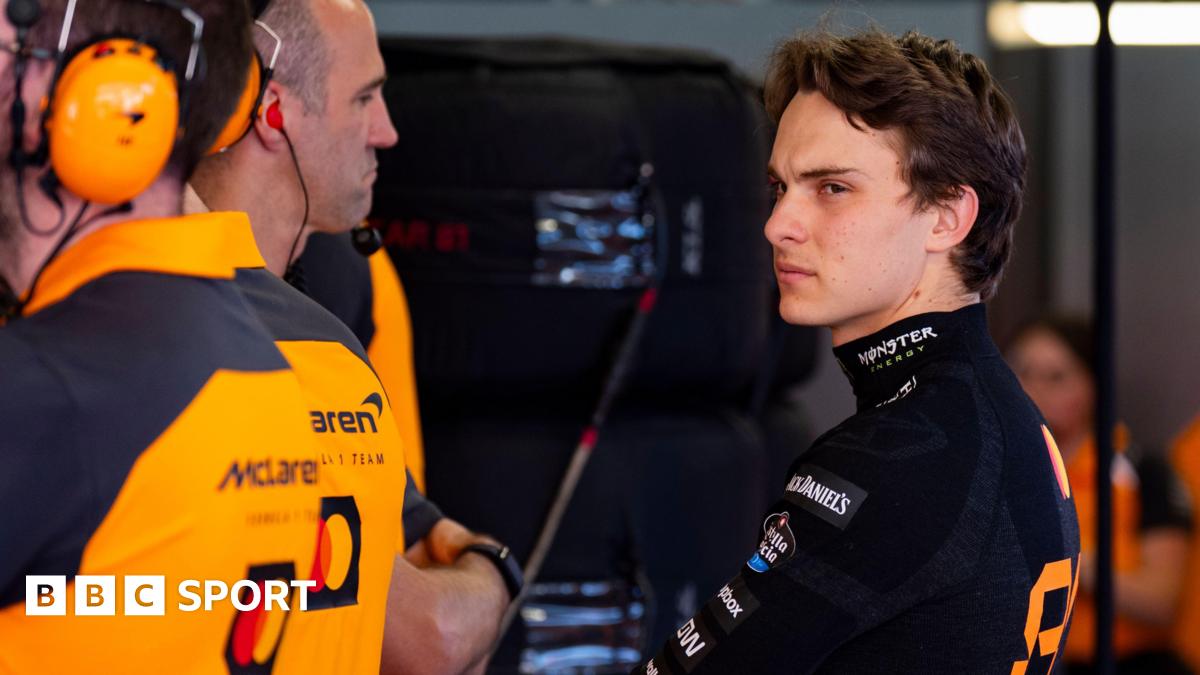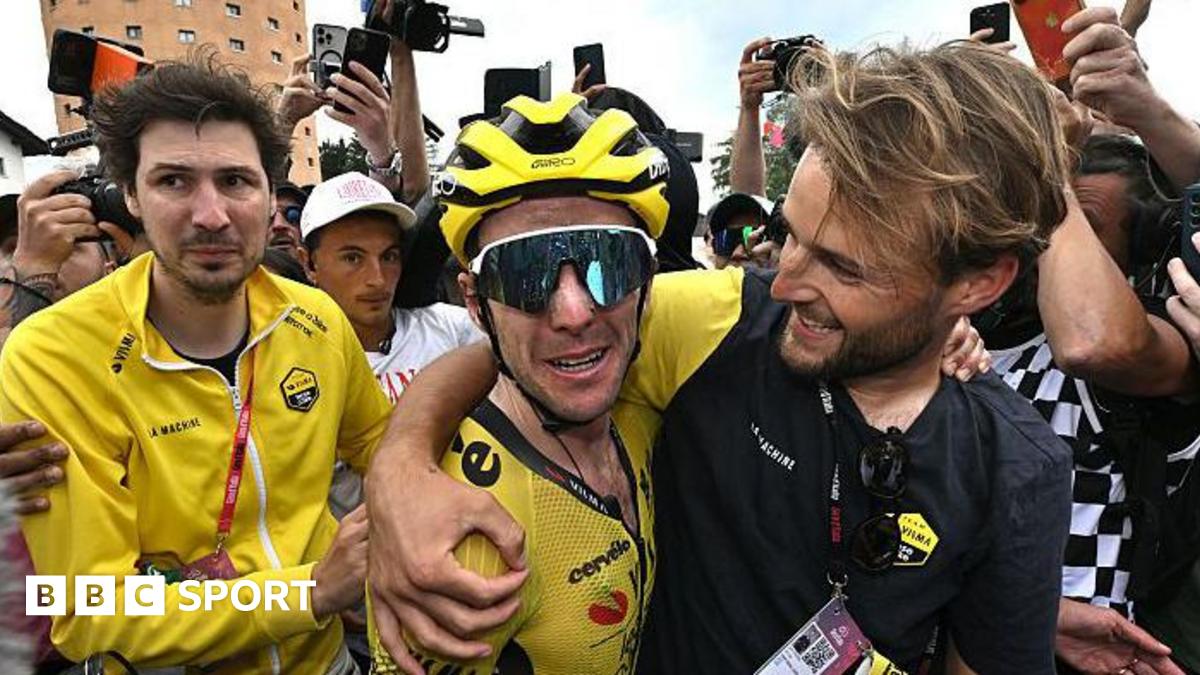McLaren and Red Bull looked closely matched early in a weekend that Ferrari team boss Frederic Vasseur had said last weekend’s race in Monaco “can be a game-changer for everybody”.
The test, which limits the amount front wings can move when a specific load is attached in certain places, has required all teams to introduce new front wings.
However, Russell, asked about the effect of the rule, gave a sarcastic response, which referenced Piastri’s advantage at the head of the field.
“[It’s] clearly slowed McLaren down a lot,” he said. “So good news.”
Even without the rule change, McLaren were expecting a tougher challenge from Red Bull in Spain because the circuit characteristics are similar to tracks where Verstappen has been strong this year.
Verstappen and Red Bull have tended to be a match for McLaren on faster circuits, and Barcelona falls into a similar category there with Suzuka, Jeddah and Imola.
At the same time, though, the weather is hot in Spain, at about 30C, and McLaren’s biggest advantage has been in managing rear tyre temperatures over a race stint, which could become a factor in the race.
The new front-wing flexibility test introduced by governing body, the FIA, is the talking point of the weekend. It is aimed at reducing the amount teams can use flexing wings to control aerodynamic performance.
Red Bull, the prime force behind persuading the FIA to introduce the test, and Ferrari hope the tougher restrictions will boost their competitive hopes, while McLaren believe it will have next to no effect on them.
Teams have long used front-wing flexibility to boost speed on the straights while retaining downforce in the corners. The idea is that the wing ‘backs off’ on the straight to reduce drag before moving back into its maximum downforce-producing position for the corners.
But under this current generation of cars the phenomenon has proved useful in tuning the cars between high and low-speed cornering performance.
The generations of cars introduced with new rules in 2022, which focus on underbody downforce produced by so-called Venturi tunnels, have proved prone to low-speed understeer – a lack of front grip – and high-speed oversteer, which is too much front grip.
By making the front wings become less effective at higher speeds, teams can reduce this nervousness in quick corners without making the cars too hard to drive at low speed.
McLaren and Mercedes are widely perceived to have been the pioneers of this particular approach, but it remains to be seen whether the tougher tests will have any effect.




















